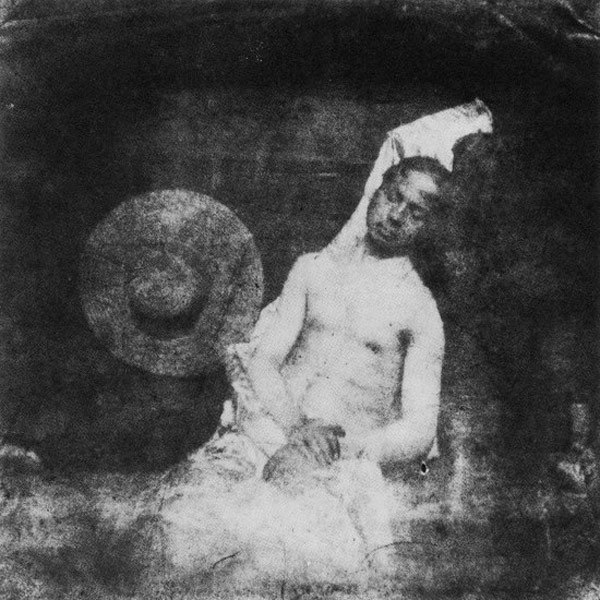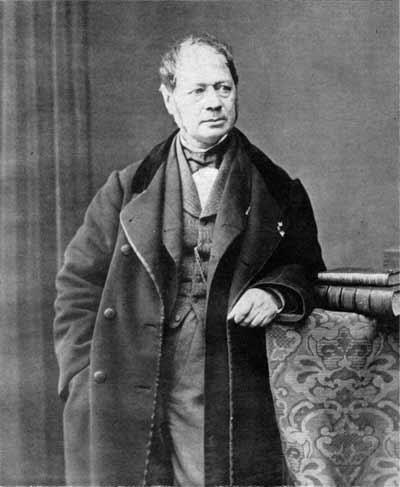Todays blog fits in both with our series of photographic firsts and with the question of photographic fakes and manipulations. Figure 1, Hippolyte Bayard, “Self-portrait as a drowned man, 1840,” is widely viewed as the first photographic fake. Hippolyte Bayard (1801 – 1887) was a French photographer and direct competitor with Louis Daguerre. He invented his own unique direct positive process, and exhibited his work on 24 June 1839. He claimed to have been the first inventor of photography, predating both Daguerre and Fox Talbot.
However, little credit came Bayard’s way and in reaction to what he perceived to be a great injustice, he created the first staged photograph entitled, “Self Portrait as a Drowned Man, 1840.” In the image, he pretends to have committed suicide. On the back of the photograph Bayard wrote:
“The corpse which you see here is that of M. Bayard, inventor of the process that has just been shown to you. As far as I know this indefatigable experimenter has been occupied for about three years with his discovery. The Government which has been only too generous to Monsieur Daguerre, has said it can do nothing for Monsieur Bayard, and the poor wretch has drowned himself. Oh the vagaries of human life….! … He has been at the morgue for several days, and no-one has recognized or claimed him. Ladies and gentlemen, you’d better pass along for fear of offending your sense of smell, for as you can observe, the face and hands of the gentleman are beginning to decay.”
This announcement of Bayard’s untimely death in 1840 was premature, as illustrated by Figure 2, a second self-portrait taken twenty three years later in 1863. He went on to enjoy a highly successful career in photography and died in 1887 at age 86.


